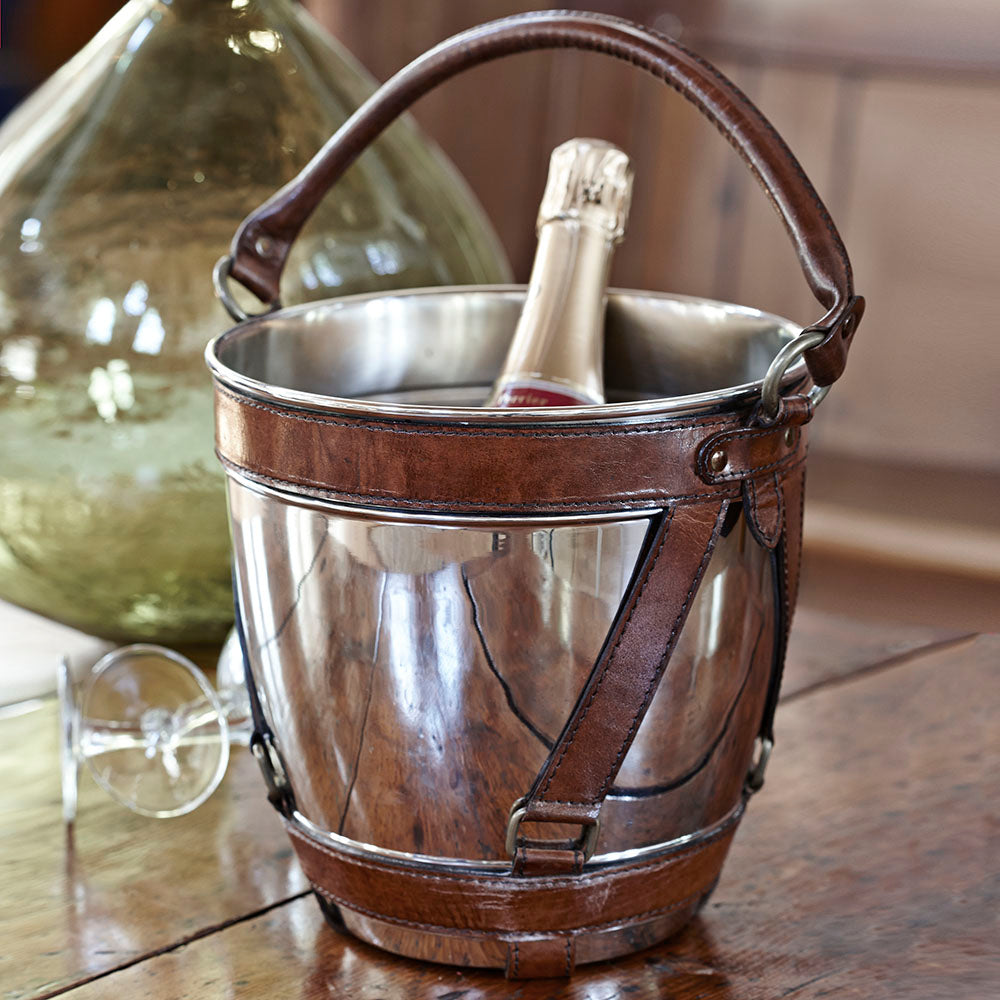Article: A Brief History of Gin

A Brief History of Gin
An overview of the history of gin, tracing its origins from its medicinal uses to its transformation into a popular alcoholic beverage. The unique mix of alcohol, juniper berries and botanicals creates a delicious drink with a fascinating history.
Combining alcohol with juniper for medicinal purposes goes back thousands of years, from treating chest ailments in first-century Greece to combating the Black Death in the 14th century. Gin as such is credited as having been invented in the Netherlands in the late 1500s, and its name comes from the French for juniper, genièvre, which became genever in Dutch, and was then abbreviated simply to ‘gin’. By the early 1600s, crude juniper-flavoured spirits were available in England, notably cited by Samuel Pepys for curing his constipation.
Gin became a fashionable tipple among the English aristocracy after William of Orange succeeded to the throne in 1689. Thanks to changes in laws and taxes, its popularity then spread to the poorest of society as cheap, readily available – and lethally intoxicating. During the ‘Gin Craze’ of the early 18th century the abuse of gin was so dire that Parliament passed numerous acts to try to prevent it. Often adulterated with turpentine and sulphuric acid, gin was blamed for murder, child neglect and insanity. It wasn’t until the harvest failure of 1757 forced higher prices that sobriety returned.
The introduction of a new type of still around 1830 brought purer spirits, and gin regained its good name. Lavishly decorated ‘Gin palaces’ soon abounded – more than 5,000 in London alone by the late 1840s. And when Schweppes launched their carbonated quinine water in 1870 it wasn’t long before the ladies and gentlemen of the Raj began to enjoy a classic gin and tonic. A new era of gin enjoyment had begun – and is still very much in evidence to this day.

Ice and slice, anyone? Enjoy your gin in our set of two topographical glasses




